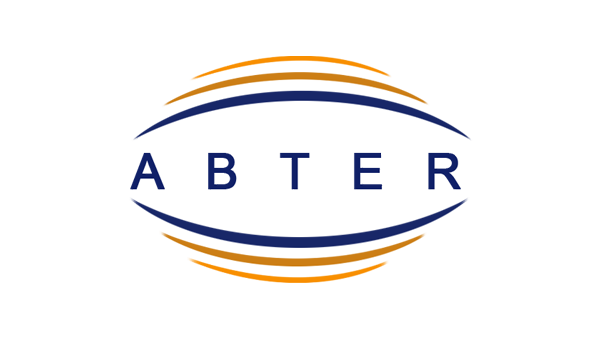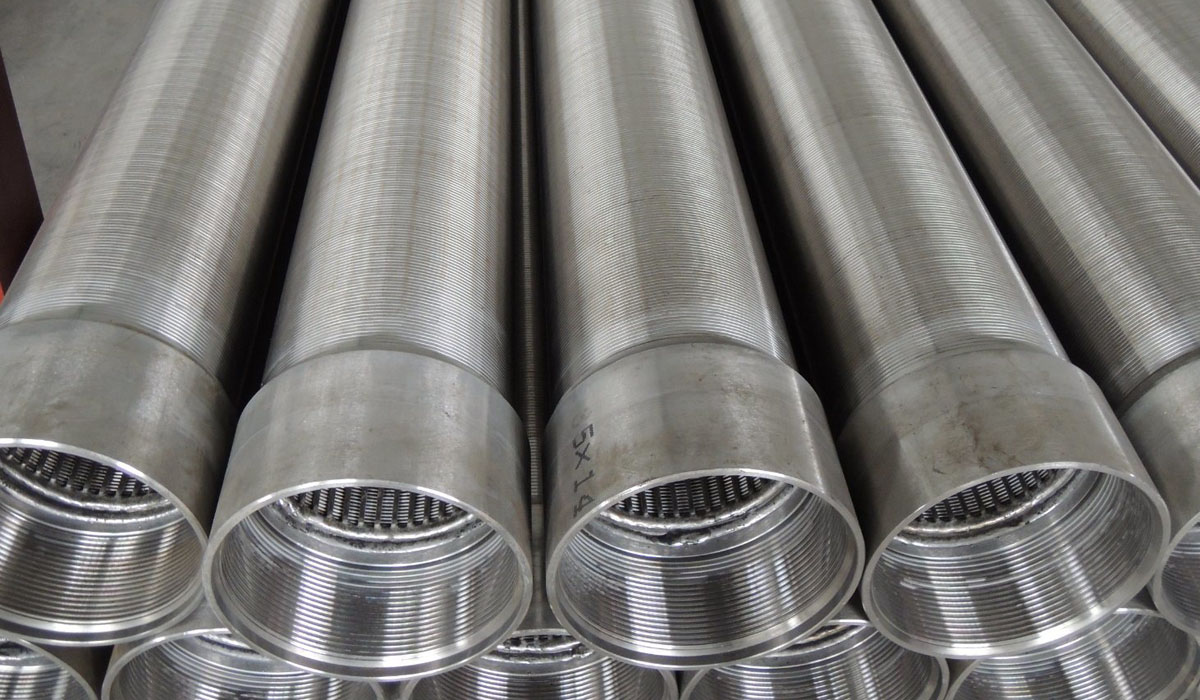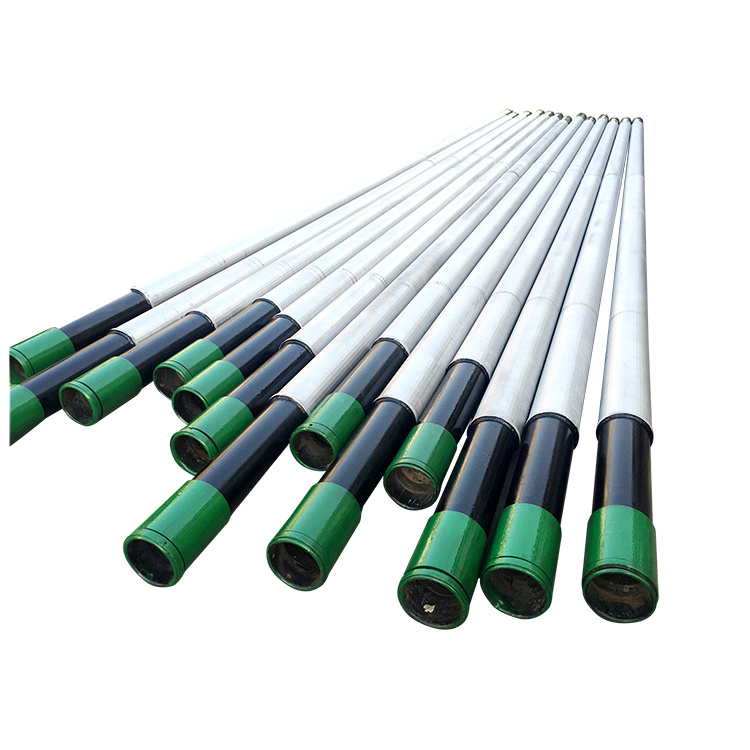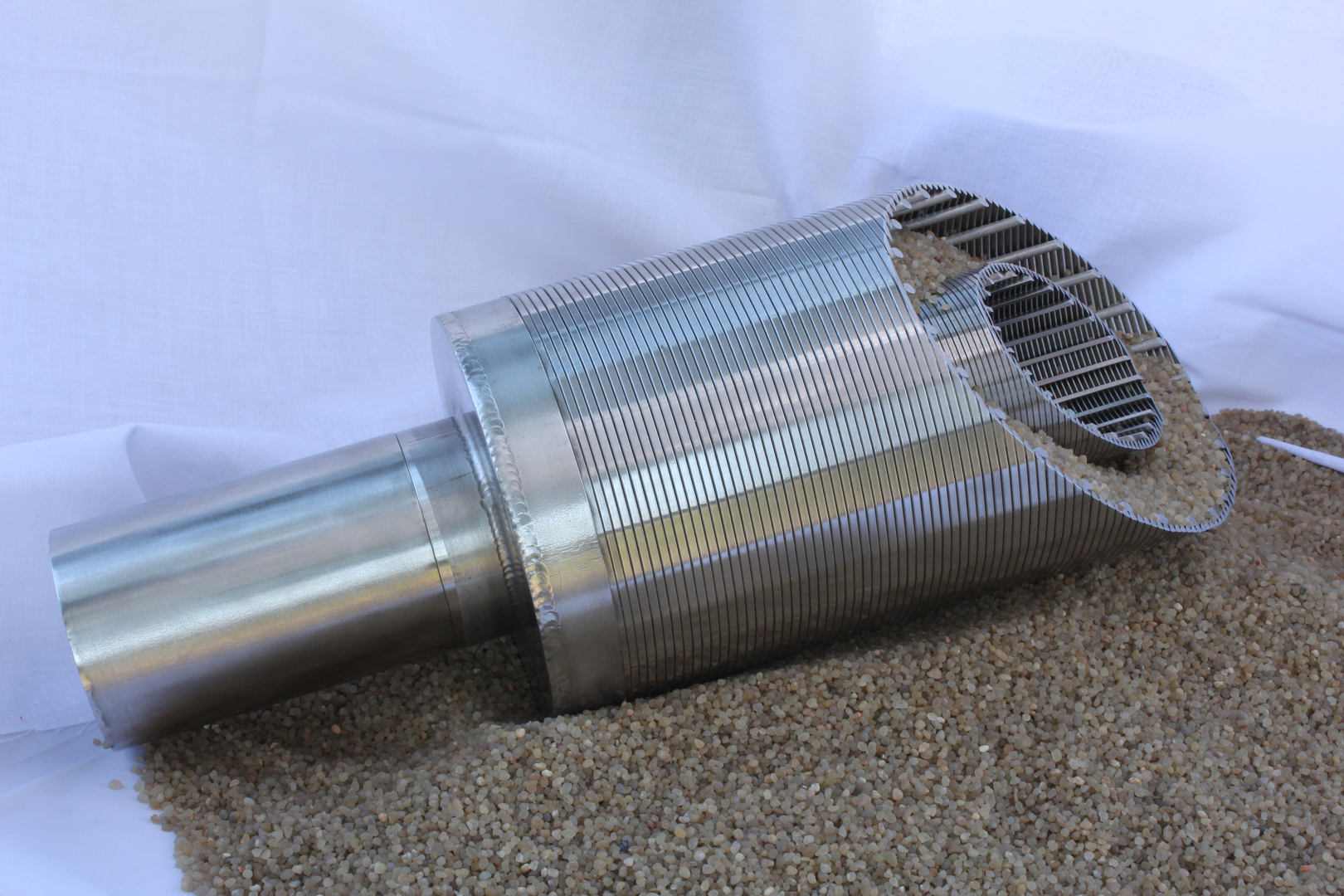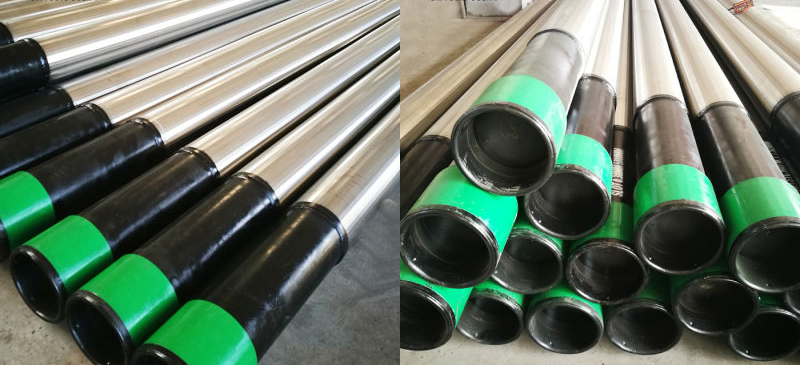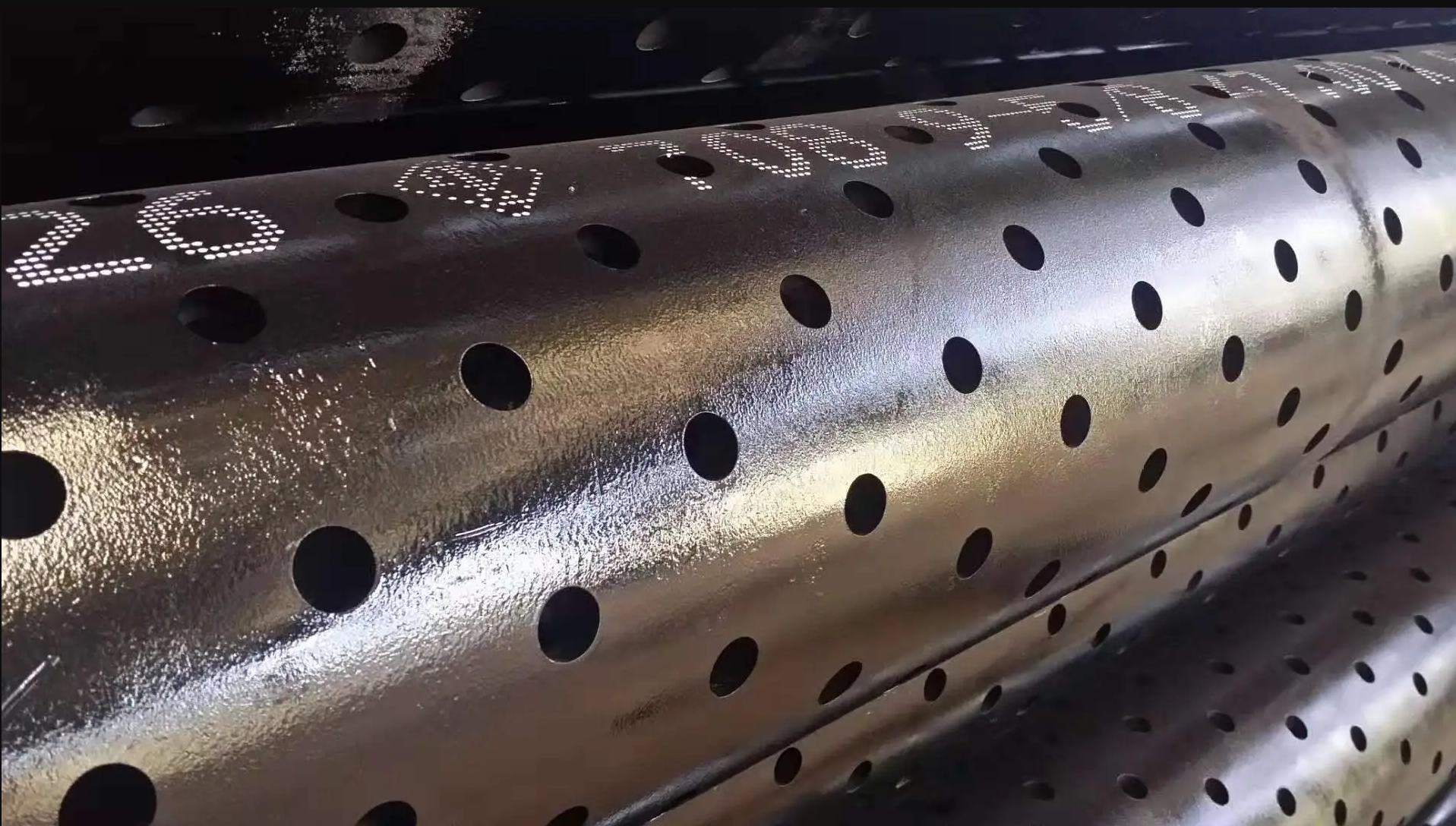Gravel Pack Screen: Specifications, Materials, and Performance Analysis
Introduction to Gravel Pack Screens
Gravel pack screens are a cornerstone of sand control in oil and gas wells, designed to prevent the production of formation sand while maintaining well productivity. Sand production can damage equipment, clog pipelines, and reduce reservoir efficiency, making effective sand control critical for operational success. Gravel pack screens consist of multi-layered well screens packed with precisely sized gravel or alternative materials like ceramic balls or glass beads. The primary objective is to stabilize the formation by creating a barrier that filters out fine sand particles while allowing hydrocarbons to flow freely. This article provides a detailed exploration of gravel pack screen specifications, materials, base pipe types, and performance characteristics, supported by comprehensive data and analysis to guide operators in optimizing well performance.
The gravel pack system works by placing a screen in the wellbore, surrounded by a layer of gravel sized to block formation sand while permitting fluid flow. The screen itself is typically composed of a base pipe (perforated, slotted, or wire-wrapped) and an outer layer designed with precise slot sizes to complement the gravel. Materials such as stainless steel (SS304, SS316) and duplex alloys (2205, 2507) ensure durability in harsh downhole environments. The system’s design, including gravel size, slot size, and connection types, is tailored to the specific geological and operational conditions of the well. This article delves into the technical specifications, compares material and design options, and evaluates their impact on sand control efficiency and well productivity.
Specifications and Dimensional Analysis
Gravel pack screens are available in a wide range of sizes to accommodate various well designs and operational requirements. The specifications include inner diameter (ID), outer diameter (OD), nominal size, gravel size, and slot size, all of which are critical to ensuring effective sand control and structural integrity. The ID ranges from 50 mm to 373 mm, corresponding to nominal sizes from 2-3/8 inches to 16 inches. The OD, which includes the screen and gravel pack, ranges from 110 mm to 456 mm. Gravel sizes typically range from 0.10 mm to 4.5 mm, selected based on the formation sand particle size to prevent clogging. Slot sizes, ranging from 0.05 mm to 3 mm, are designed to allow fluid flow while retaining the gravel pack.
| ID (mm) | Nominal Size (inch) | OD (mm) | Gravel Size (mm) | Slot Size (mm) |
|---|---|---|---|---|
| 50 | 2-3/8 | 110 | 0.10–4.5 | 0.05–3 |
| 63 | 2-7/8 | 123 | 0.10–4.5 | 0.05–3 |
| 74 | 3-1/2 | 138 | 0.10–4.5 | 0.05–3 |
| 92 | 4 | 151 | 0.10–4.5 | 0.05–3 |
| 103 | 4-1/2 | 164 | 0.10–4.5 | 0.05–3 |
| 116 | 5 | 177 | 0.10–4.5 | 0.05–3 |
| 129 | 5-1/2 | 189 | 0.10–4.5 | 0.05–3 |
| 142 | 6-5/8 | 218 | 0.10–4.5 | 0.05–3 |
| 172 | 7 | 227 | 0.10–4.5 | 0.05–3 |
| 183 | 8-5/8 | 269 | 0.10–4.5 | 0.05–3 |
| 220 | 9-5/8 | 294 | 0.10–4.5 | 0.05–3 |
| 246 | 10-3/4 | 323 | 0.10–4.5 | 0.05–3 |
| 276 | 13-3/8 | 398 | 0.10–4.5 | 0.05–3 |
| 373 | 16 | 456 | 0.10–4.5 | 0.05–3 |
Screen pipe lengths are typically less than 5.8 meters for ease of handling and installation, though lengths up to 11.8 meters are available for larger wells. The dimensional specifications are designed to ensure compatibility with standard casing and tubing sizes, facilitating integration into existing well designs. The gravel size is selected based on the formation sand’s grain size distribution, typically following the rule that gravel should be 5–6 times larger than the median sand grain size to prevent migration while maintaining permeability. Slot sizes are engineered to retain the gravel while allowing fluid flow, with smaller slots (e.g., 0.05 mm) used for fine sand formations and larger slots (up to 3 mm) for coarser sands. These specifications are subject to customization based on detailed well design drawings to ensure optimal performance.
Material Selection and Properties
The choice of material for gravel pack screens is critical to their performance in corrosive and high-pressure downhole environments. Common materials include stainless steels (SS304, SS304L, SS316, SS316L) and duplex steels (2205, 2507), with 904L used for highly corrosive conditions. Stainless steels like SS304 and SS316 offer excellent corrosion resistance and cost-effectiveness for standard applications. SS304L and SS316L, with lower carbon content, provide enhanced resistance to intergranular corrosion, making them suitable for wells with high salinity or acidic conditions. Duplex steels (2205 and 2507) combine high strength with superior corrosion resistance, ideal for deepwater or high-pressure wells where mechanical and environmental stresses are significant.
| Material | Corrosion Resistance | Tensile Strength (MPa) | Typical Applications |
|---|---|---|---|
| SS304 | Good | 515–620 | Standard wells, low-corrosion environments |
| SS304L | Very Good | 485–620 | High-salinity wells, intergranular corrosion resistance |
| SS316 | Very Good | 515–690 | Moderate-corrosion environments |
| SS316L | Excellent | 485–690 | High-salinity, acidic wells |
| 904L | Superior | 490–700 | Highly corrosive environments |
| Duplex 2205 | Excellent | 620–880 | Deepwater, high-pressure wells |
| Duplex 2507 | Superior | 800–1000 | Extreme conditions, high-pressure wells |
Material selection depends on the well’s chemical environment, pressure, and temperature. For example, SS316L is preferred in wells with high CO2 or H2S content due to its resistance to pitting corrosion. Duplex 2507, with its high tensile strength and corrosion resistance, is ideal for offshore wells where extreme conditions prevail. The use of low-carbon variants (e.g., SS304L, SS316L) reduces the risk of sensitization during welding, ensuring long-term durability. Operators must balance material costs with performance requirements, as premium materials like Duplex 2507 increase costs but enhance reliability in challenging environments.
Base Pipe Types and Design Considerations
Gravel pack screens utilize three primary base pipe types: perforated pipes, wire-wrapped screens, and slotted pipes. Each type is designed to meet specific sand control and flow requirements, influencing the overall performance of the gravel pack system. Perforated pipes feature drilled holes, typically 10–20 mm in diameter, offering high flow capacity but limited sand retention. They are often used in formations with coarse sand where larger slot sizes are acceptable. Wire-wrapped screens consist of a wire wrapped around a perforated base pipe, creating precise slot openings (0.05–3 mm) that provide excellent sand control for finer formations. Slotted pipes, with laser-cut or milled slots, offer a balance between flow capacity and sand retention, suitable for a wide range of formations.
| Base Pipe Type | Slot/Hole Size (mm) | Flow Capacity | Sand Retention | Typical Use |
|---|---|---|---|---|
| Perforated Pipe | 10–20 | High | Low | Coarse sand formations |
| Wire-Wrapped Screen | 0.05–3 | Moderate | High | Fine sand formations |
| Slotted Pipe | 0.05–3 | Moderate–High | Moderate | General-purpose formations |
The choice of base pipe type depends on the formation’s sand size distribution and the desired balance between flow and sand control. Wire-wrapped screens are preferred in unconsolidated formations with fine sand, as their precise slot sizes prevent gravel migration while maintaining permeability. Perforated pipes are suitable for stable formations with larger sand grains, where high flow rates are prioritized. Slotted pipes offer versatility, accommodating a range of slot sizes and formation types. The connection type—such as STC, BTC, LTC, NPT, UN, EU, or plain ends—also plays a critical role in ensuring a secure fit within the well completion system, minimizing the risk of leaks or mechanical failure during installation.
Gravel and Alternative Packing Materials
The gravel pack is the heart of the sand control system, designed to filter formation sand while allowing hydrocarbons to flow into the wellbore. Gravel sizes typically range from 0.10 mm to 4.5 mm, selected based on the formation sand’s grain size distribution. The gravel must be large enough to block sand migration but small enough to maintain permeability. A common design rule is that the gravel diameter should be 5–6 times the median sand grain size, ensuring effective filtration without clogging. In some applications, alternative materials like ceramic balls or glass beads are used instead of gravel. These materials offer uniform size and shape, improving packing efficiency and permeability compared to natural gravel, which may have irregular shapes and sizes.
Ceramic balls are highly durable and resistant to crushing, making them suitable for high-pressure wells where gravel might deform under stress. Glass beads provide similar benefits, with the added advantage of chemical inertness, reducing the risk of reactions with formation fluids. However, these alternatives are more expensive than natural gravel, so their use is typically reserved for high-value wells or formations with specific challenges, such as high fines content or corrosive environments. The packing process involves pumping the gravel or alternative material into the annulus between the screen and the formation, ensuring a tight, uniform pack that maximizes sand control while minimizing flow resistance. Proper gravel placement is critical to the system’s success, requiring precise engineering and quality control during installation.
Performance Comparison and Selection Criteria
The effectiveness of a gravel pack screen system depends on its ability to balance sand control with well productivity. Key performance factors include sand retention, flow capacity, corrosion resistance, and mechanical strength. Wire-wrapped screens with small slot sizes (e.g., 0.05–0.5 mm) excel in fine sand formations, offering superior sand retention but potentially lower flow rates due to restricted slot openings. Perforated pipes, with larger holes, maximize flow capacity but are less effective in unconsolidated formations with fine sand. Slotted pipes provide a middle ground, suitable for a wide range of formations but requiring careful slot size selection to avoid plugging or excessive sand production.
Material selection significantly impacts long-term performance. Stainless steels (SS304, SS316) are cost-effective for standard wells with moderate corrosion risks, while duplex steels (2205, 2507) are preferred for deepwater or high-pressure wells due to their high strength and corrosion resistance. The choice of gravel or alternative packing materials also affects performance, with ceramic balls and glass beads offering improved permeability and durability in challenging environments. Connection types like BTC and LTC ensure secure installation, reducing the risk of failure during deployment. Operators must consider formation characteristics, well conditions, and budget constraints when selecting the optimal combination of screen type, material, and gravel. Detailed formation analysis, including sand size distribution and fluid chemistry, is essential for designing an effective gravel pack system.
Key Takeaway: Gravel pack screens are a versatile sand control solution, with customizable specifications to suit various well conditions. Wire-wrapped screens excel in fine sand formations, while perforated and slotted pipes suit coarser sands. Material and gravel selection should align with the well’s environmental and mechanical demands to optimize productivity and longevity.
